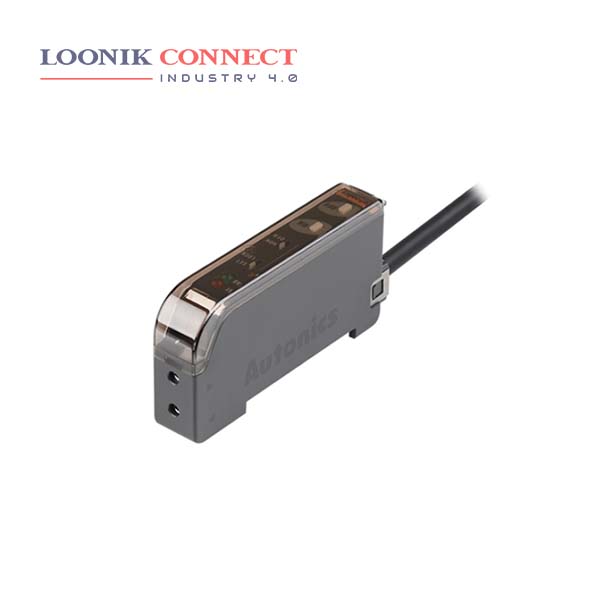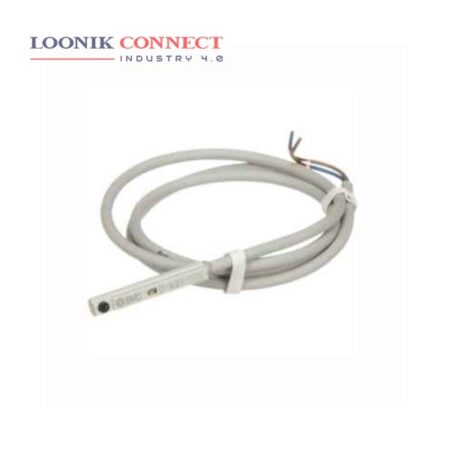A fiber-optic sensor is a type of sensor that utilizes optical fiber technology either as the sensing element itself or as a means of transmitting signals from a remote sensor to the signal processing electronics. These sensors find applications in various fields and are particularly useful for measuring temperature, strain, pressure, and other physical quantities. By modifying the fiber structure, such as introducing special coatings or incorporating sensitive materials, the measured quantity can modulate the properties of light propagating through the fiber. These modulations can be detected and analyzed to determine the value of the measured quantity.
On the other hand, a photoelectric sensor is a type of sensor that consists of an emitter and a receiver. The emitter emits light, and the receiver detects the changes in the received light caused by the presence or absence of an object. The change in light intensity or other properties is converted into an electrical output, which can be further processed to provide information about the object being detected. In the context of microsensors, they are typically small-scale sensors designed to be integrated into microelectronic devices or systems.
They may have specific requirements and limitations due to their miniature size and integration into the overall microsystem architecture. Overall, both fiber-optic sensors and photoelectric sensors are valuable tools for detecting and measuring various physical phenomena, providing important data for monitoring and control applications in a wide range of industries.










